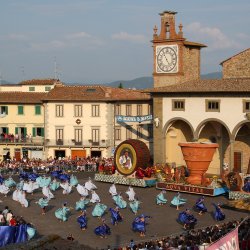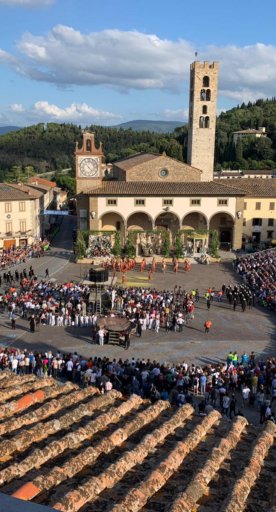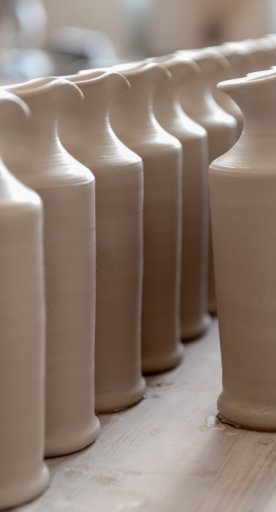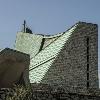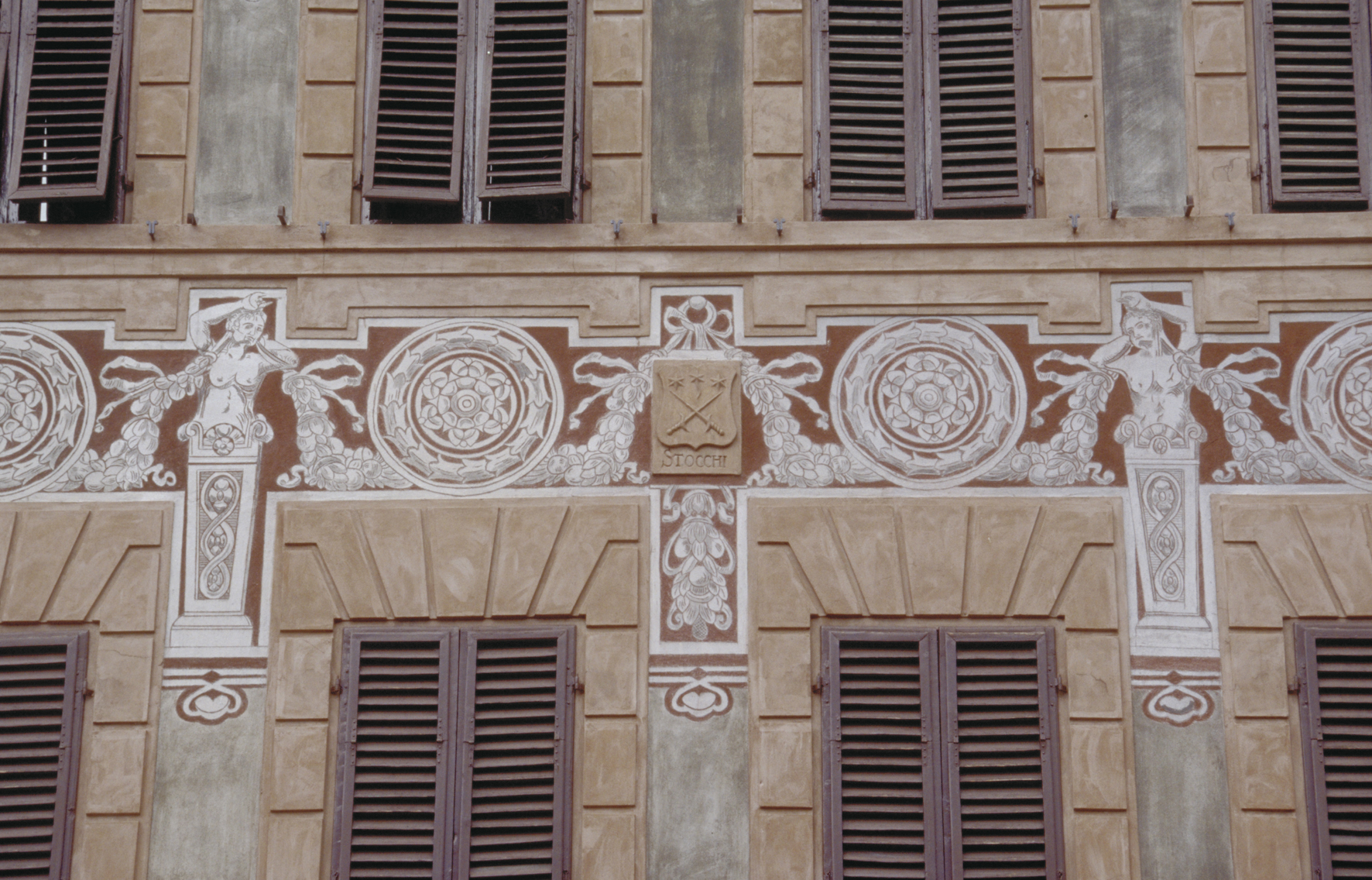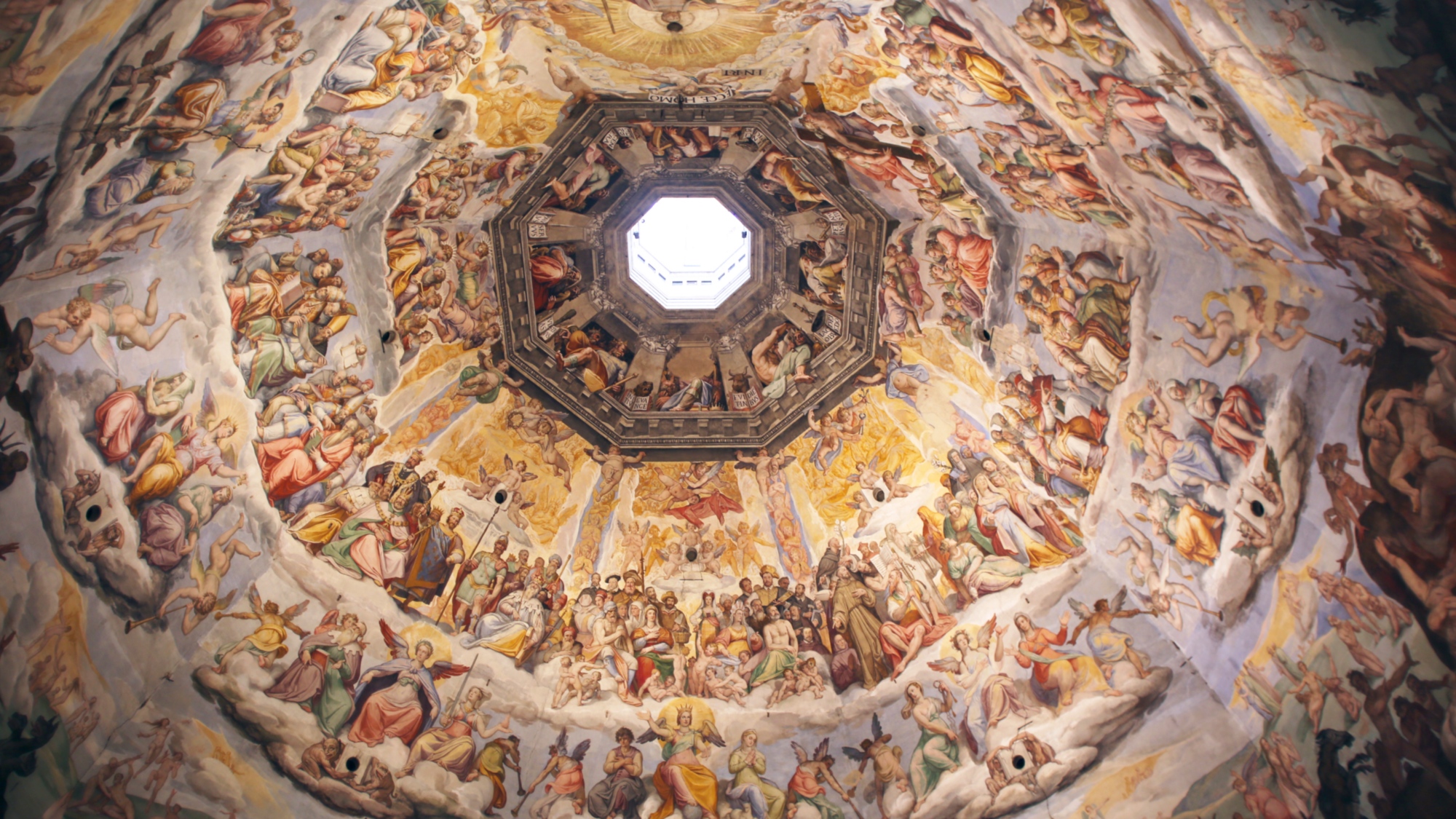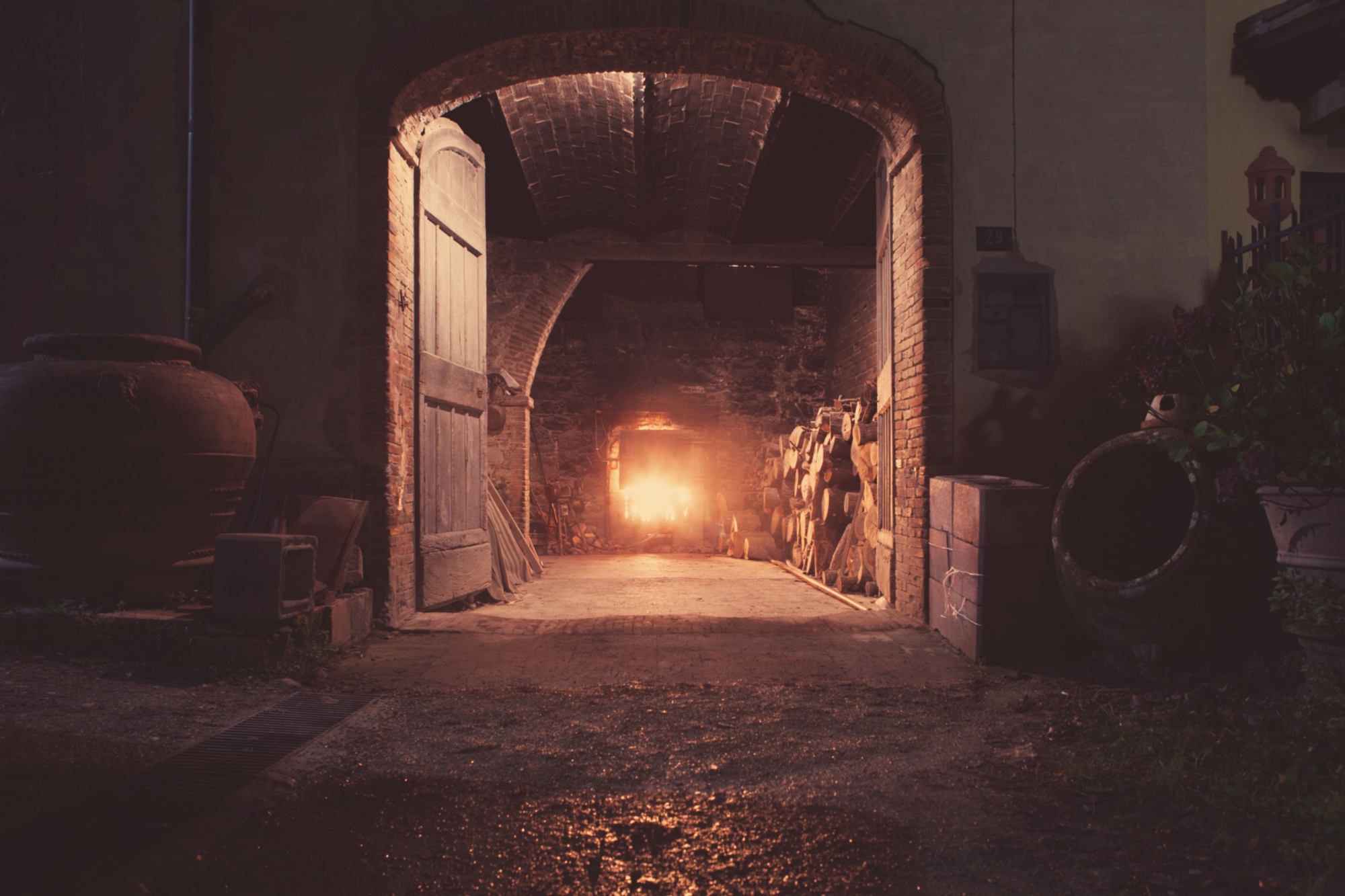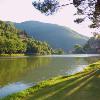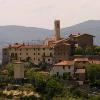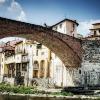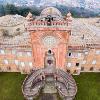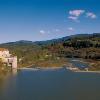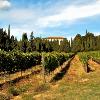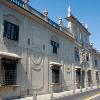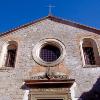Since the Middle Ages, Impruneta has naturally been linked to the political and economic events of nearby Florence. The real driving force of the Impruneta community has since been the famous Sanctuary of Santa Maria, founded in 1060. There was probably a place of worship here since the Etruscan era. The current basilica was founded following the discovery of the sacred image of the Madonna, preserved inside the sanctuary, which tradition says was painted by the Evangelist Luke. The Madonna di Impruneta was also very dear to the Florentines, and was in fact moved several times to the city since the fifteenth century. In 1711, she was even proclaimed co-patron of the city of Florence. Originally in Romanesque style, the parish church underwent numerous alterations over the centuries, so much so that only the crypt of the original layout was preserved, while the rest of the structure has a sober Renaissance appearance. Inside, notable works by Michelozzo and Luca della Robbia are preserved.
Over the centuries, the cult of the Madonna dell’Impruneta has favored the accumulation of various gifts and ex-votos that are today preserved in the Museum of the Treasure of Santa Maria which is located inside the loggia. In addition to the ex-votos, the museum houses numerous other objects of sacred art, a series of illuminated manuscripts, 15th century fabrics, silver and terracotta.
The meeting point of the town, as well as a traditional market place and village festivals, is the central Piazza Buondelmonti, also known due to a famous illustration by Jacques Callot from 1620, which portrays it during the San Luca Fair.
Just a short walk from the piazza is the Fornace Agresti. This complex, owned by the municipality, is important not only for the historical value of the buildings that date back to the early eighteenth century, but also because the tools, molds and models used until a few decades ago have been preserved here, when the furnace was still in business. Located halfway up a clay-filled hill, from which it drew the raw material, the Fornace is built in brick and stone, with a loggia on the entrance facade. Inside are the various places and structures that were once used for the activity of the furnace, organized on differing and facing floors. Today, in addition to being a documentation center on Impruneta terracotta, it hosts concerts, exhibitions and tastings.






